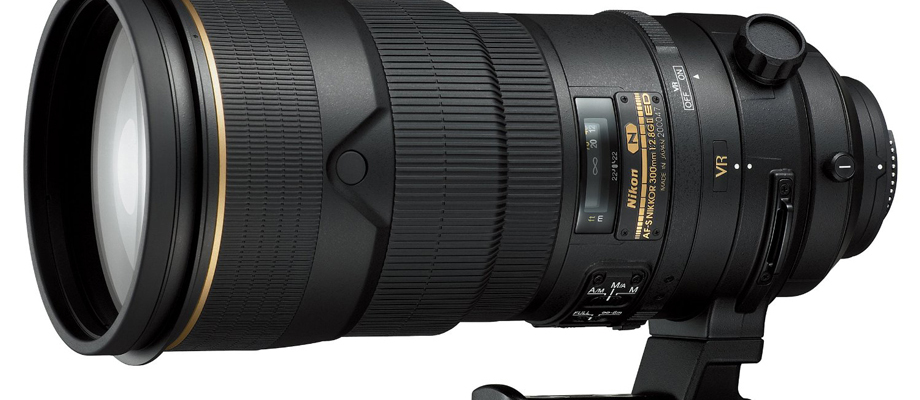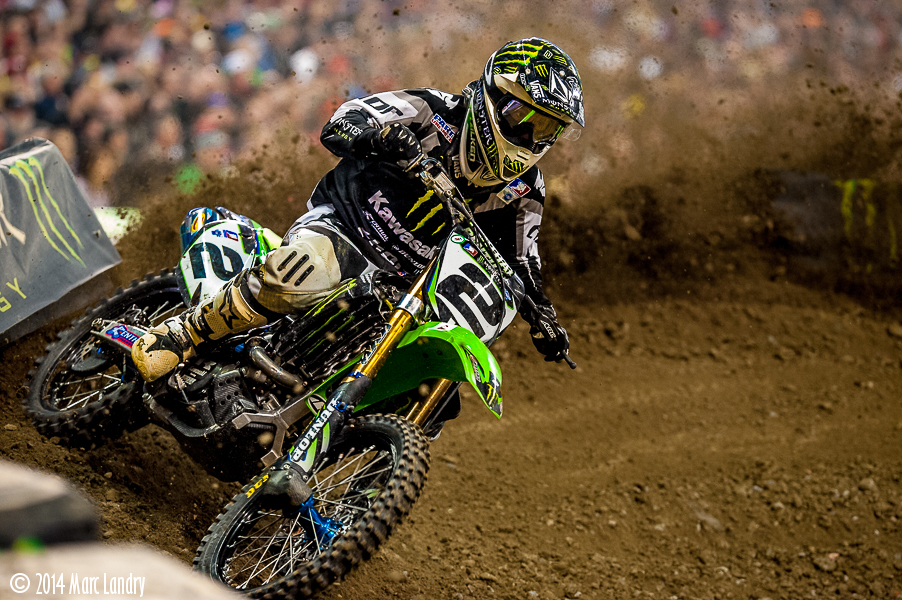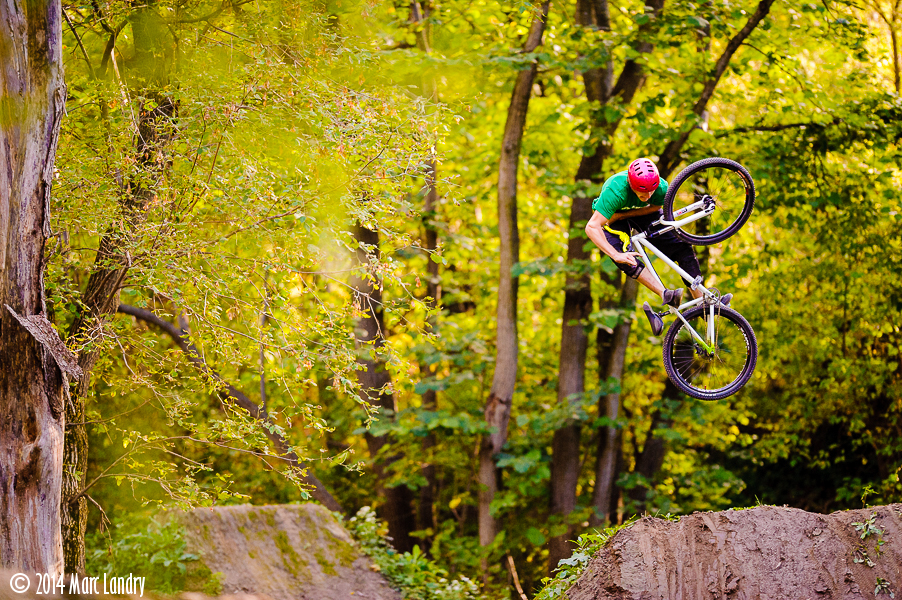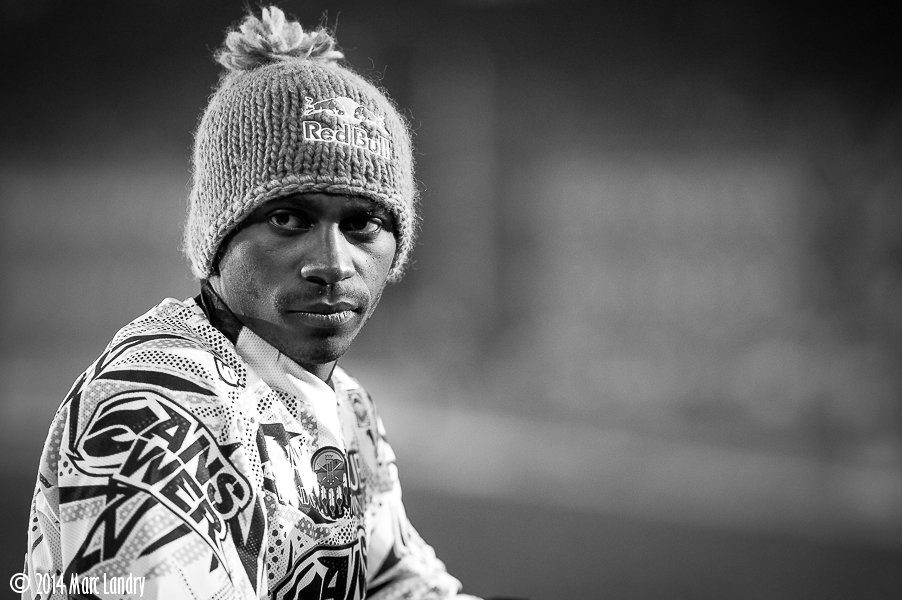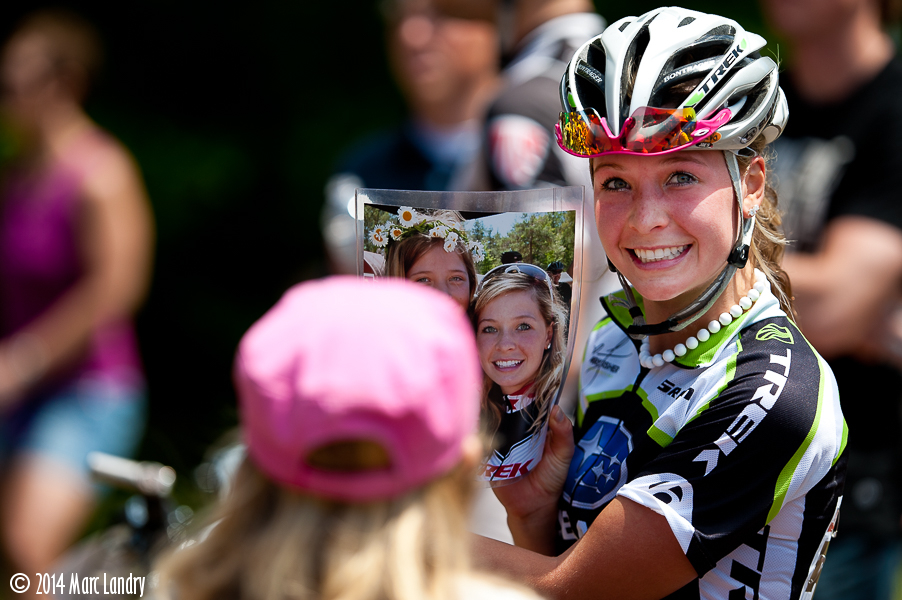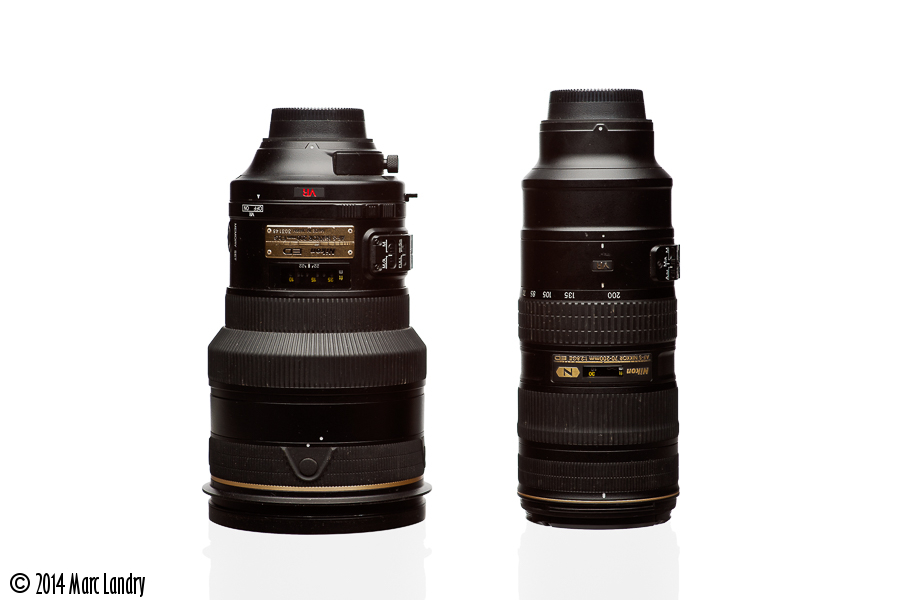AF-S VR NIKKOR 200mm f/2G IF-ED
AF-S VR NIKKOR 200mm f/2G IF-ED Review
- Rating
One of the questions I am often asked is: “what is your favorite lens?”. I am normally not very good at answering these types of question. If you asked me the same thing about my choice in music I would be hard pressed to name only one artist. When it comes to lenses however, I can pretty safely say it’s my Nikkor 200mm f/2. It does it all and it does it well.
With the advent of digital, it’s become increasingly difficult to stand out and be profitable as a professional photographer. One thing that ensures your survival in this cut throat business is the quality of your work; that’s a given. The other, equally important thing, is your style or “look”. If your images are identical to everything else submitted you are going to have a tough road ahead. The look that the 200mm f/2 produces is unique and stands out. Yes, it’s tack sharp, has VR and all the other goodies but the combination of its maximum aperture and focal length is what separates this lens from the rest of the glass out there. That look comes with a hefty price however. To gain one stop of light over a 70-200mm f/2.8 will cost you $5,099.00. Is it worth it?
This lens is well-suited to a wide range of subject matter, which is part of what makes it so appealing. It is an incredible portrait lens for example; one of the best. I personally use it for just about everything, but primarily for sports. Before I purchased it, I was torn between it and the 300mm f/2.8. After careful review and user feedback I came to the conclusion that this lens could afford me options that the 300mm f/2.8 could not. I wanted to use the 200mm f/2 at its native focal length but also with teleconverters when I needed the extra reach. This would give me the best of both worlds. I would have a 200mm f/2, 280mm f2.8 (with TC-14E), 340mm f/3.2 (with TC17E) and 400mm f/4 (with TC-20E). I have not yet tested the lens with the TC-17E but own and use the other two teleconverters regularly. This lens is tack-sharp wide open at f/2 and, when used in conjunction with the TC-14E, is comparable, perhaps sharper, than the 300mm f/2.8. I don’t shoot brick walls and base these observations solely from my personal experience with the lens. These multiple focal length options were the deciding factor in my purchasing the lens. It’s worked out really well and I have been happy with my choice thus far.
The creamy smooth Bokeh this lens produces is what sets it apart. It renders backgrounds into colour and light rather than distracting shapes and objects. A competitors logo in the background is no longer an issue. Goodbye!
I often shoot in crowds or against cluttered backgrounds and need to be able to clearly guide the viewer to my subject. Clean backgrounds are as important as clean subjects. Sometimes you are not able to choose your background but you can always choose what is and isn’t in focus. This is how your images tell their story. In this capacity, the 200mm f/2 is king.
This is a massive chunk of glass and it is aptly named “Super-Chub”. The front element is massive and a 70-200mm f/2.8 could almost fit right inside it were it not for it’s slightly longer profile. It’s a very heavy lens and it can be difficult to handhold during a full day of shooting. I would wager that 80% of photographers use a monopod or tripod to support it. I prefer to handhold it as using either is often not an option. The only lens I really use a monopod for is the 400mm f/2.8. I shoot at fast shutter speeds and use VR as needed so the only downside is the weight. I should mention that I rarely use VR and have have only ever done so a handful of times. It’s great, I love it, but it’s not something I use often. If there were a non VR version of this lens I would have bought it instead. I don’t see it as a problem that this lens has it, just not a deal breaker for me.
The construction and overall quality of this lens is that which you expect from professional Nikkor glass. I much prefer the burly aluminum lens hood on this lens compared to the carbon fiber version found on some of the other long primes such as the 400mm f/2.8.
Any of the minor improvements I can think of have been addressed in the newer VRII version of this lens. I bought my lens only a few days after the new one was announced because the cost savings outweighed these few upgrades for me. The construction and optical design of the lens was the same. Some of the upgrades included Nano Crystal coating, VRII and the addition of an A/M focus mode. Of all these, the A/M focus mode is the only feature I wish I had. The compact nature of the lens makes it fairly easy to accidentally bump the manual focus override. I’ve gotten pretty good at not doing so but having this feature would make it a little easier to hold without worrying about it. When I shoot with heavy gloves in the winter I find it much easier to bump out of focus.
In conclusion, this is a lens I would recommend to anyone who can afford it. It is an inspirational lens to use and I find it really gives me the look I am after. It is expensive though and I rarely see them in the used market. You won’t see mine there anytime soon either.
Specifications
-
Mount TypeNikon F-Bayonet
-
Focal Length200mm
-
Maximum Aperturef/2
-
Minimum Aperturef/22
-
FormatFX/35mm
-
Maximum Angle of View (DX-format)8°
-
Maximum Angle of View (FX-format)12°20′
-
Maximum Reproduction Ratio0.12x
-
Lens Elements13
-
Lens Groups9
-
Compatible Format(s)FX
DX
FX in DX Crop Mode
35mm Film -
VR (Vibration Reduction) Image StabilizationYes
-
Diaphragm Blades9
-
Distance InformationYes
-
ED Glass Elements3
-
Super Integrated CoatingYes
-
AutofocusYes
-
AF-S (Silent Wave Motor)Yes
-
Internal FocusingYes
-
Minimum Focus Distance6.2ft.(1.9m)
-
Focus ModeAuto
Manual
Manual/Auto -
G-typeYes
-
Filter Size52mm
-
Accepts Filter TypeSlip-in
-
Dimensions(Approx.)4.9×8.0 in. (Diameter x Length)
124x203mm (Diameter x Length) -
Weight(Approx.)102.3 oz. (2,900g)
-
Supplied Accessories
- HK-31 hood
- CL-L1 case
- LN-1 strap
- 52mm filter holder
- Lens cover
- Rear lens cap
